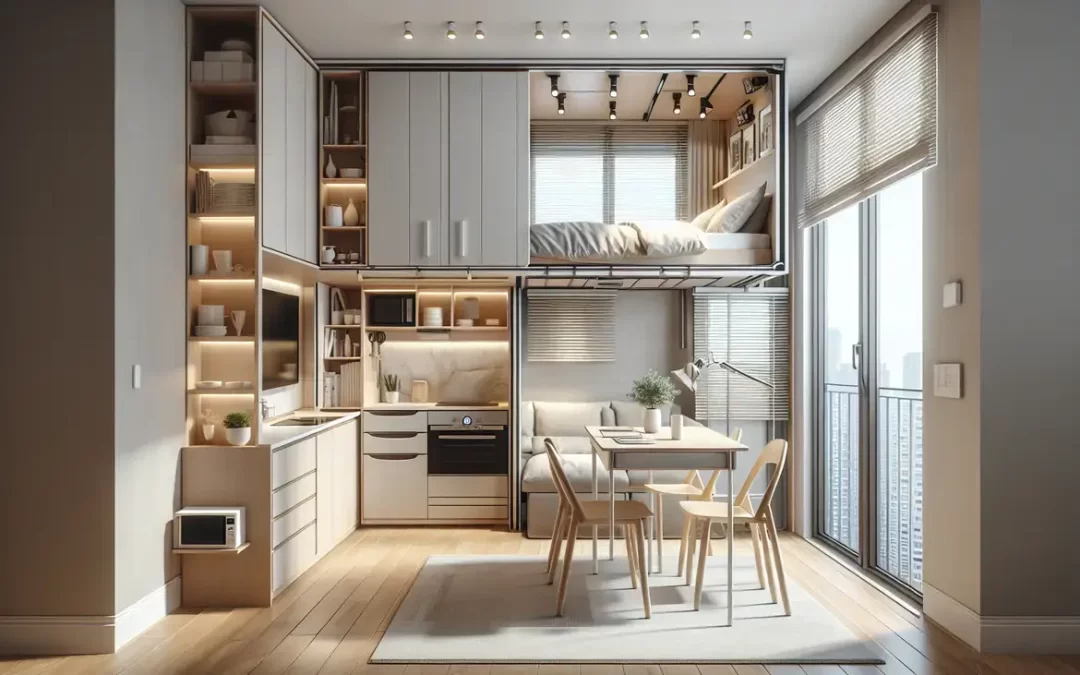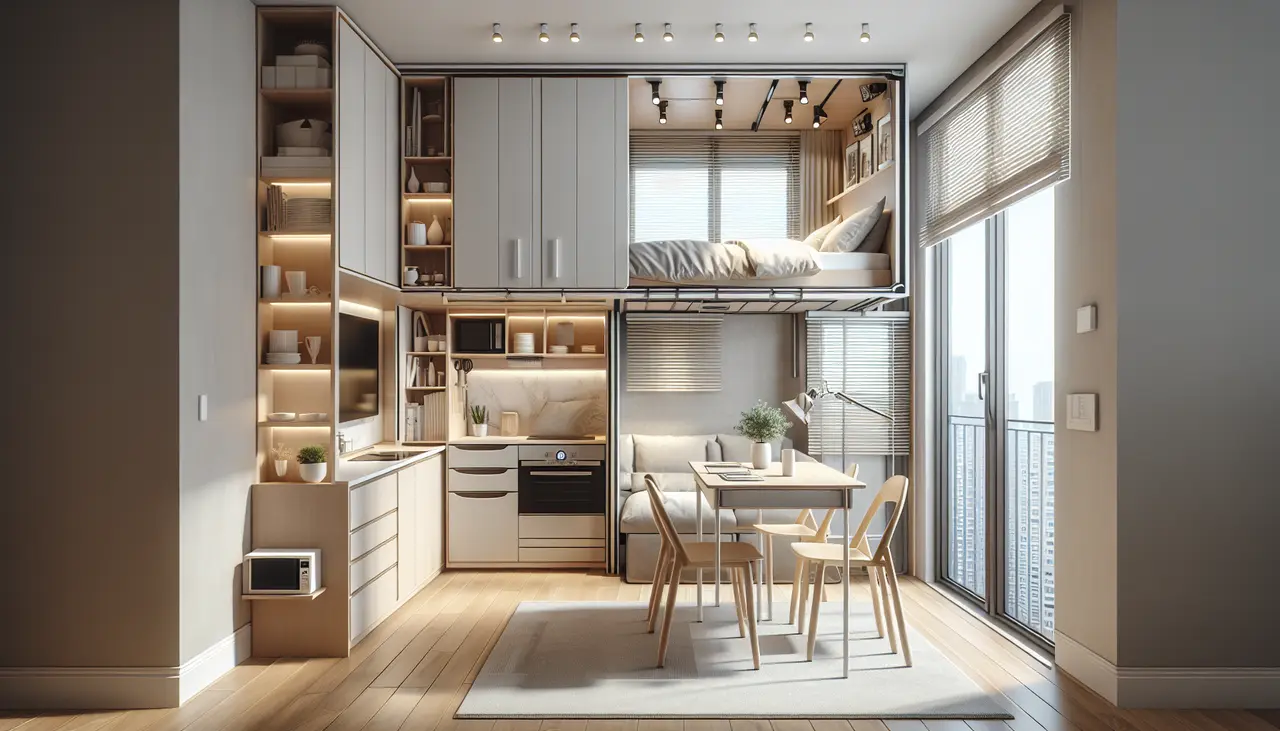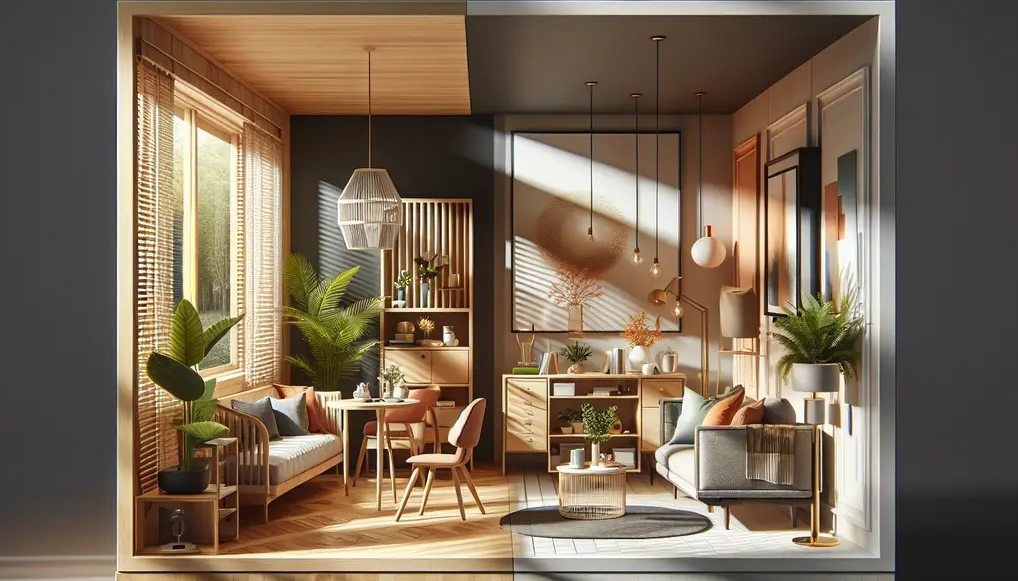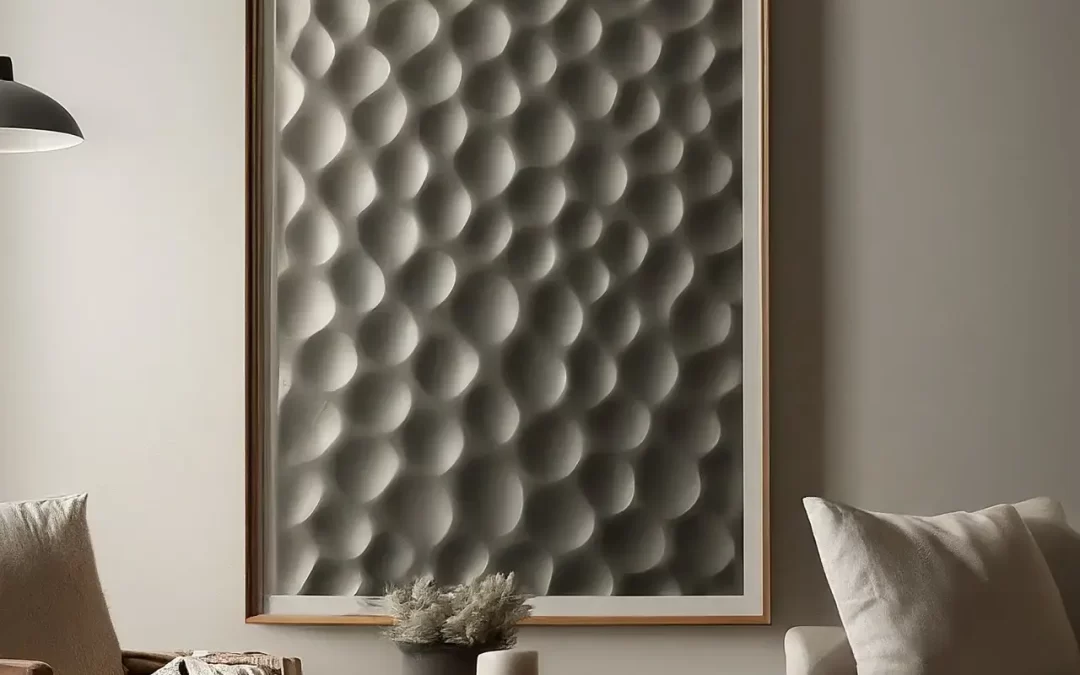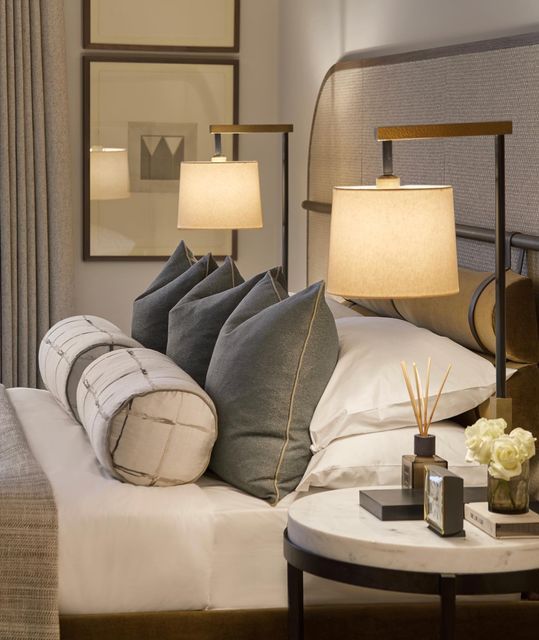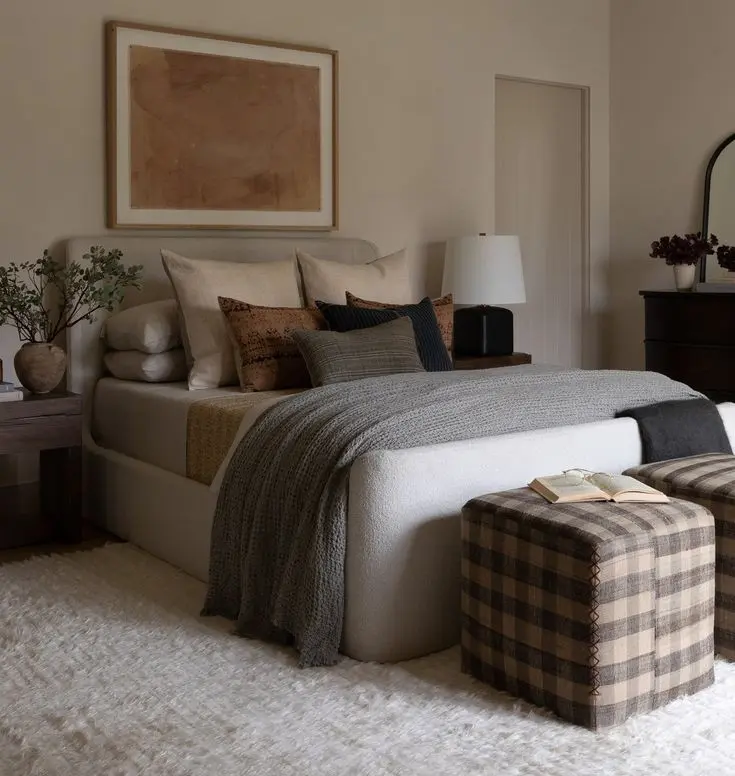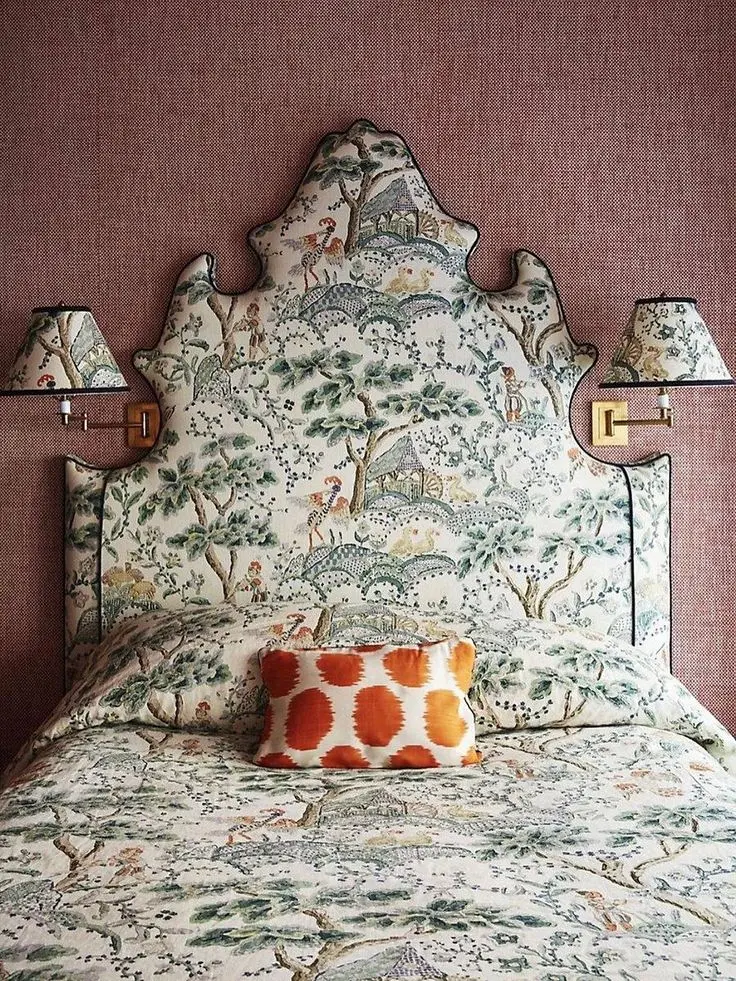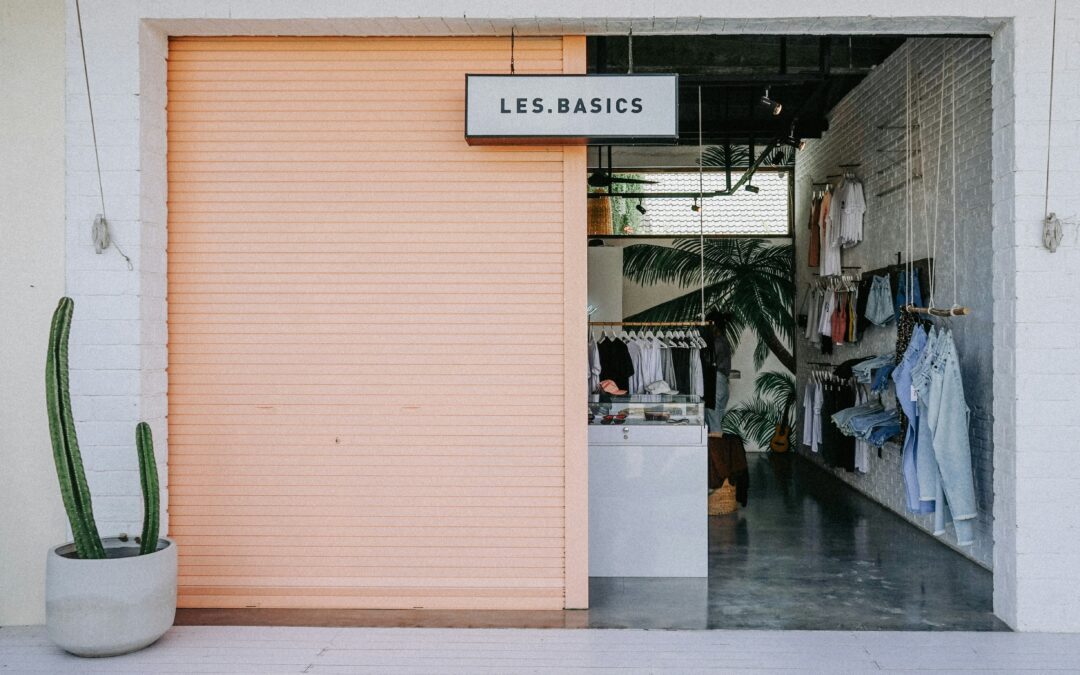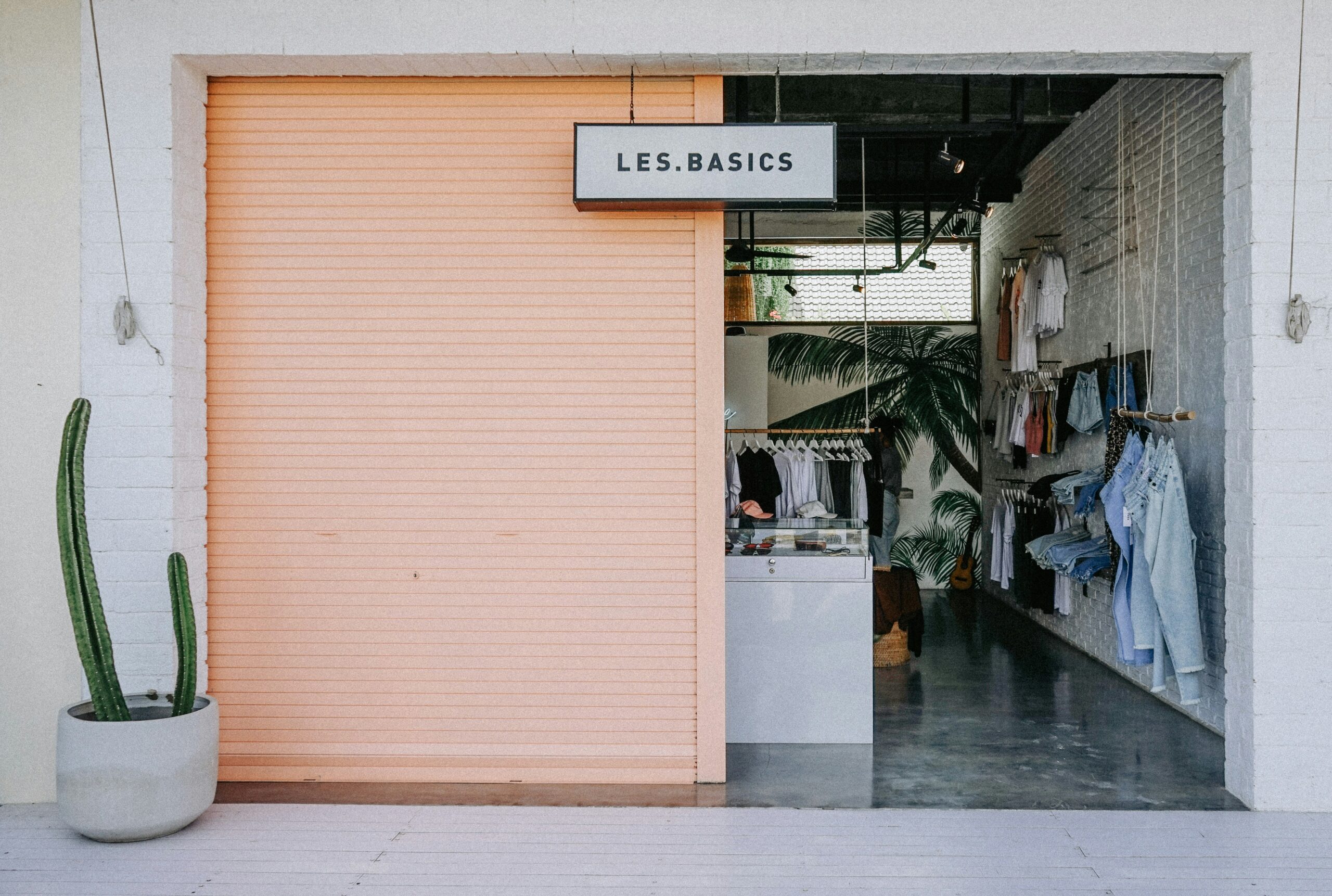
My Sarasota Neighborhood: Long Boat Key Interior Designer
Photo from St Regis Long Boat Key
Long Boat Key
Long Boat Key, a barrier island stretching between the Gulf of Mexico and Sarasota Bay, is more than just a destination—it’s a lifestyle. Here, the pulse of Sarasota’s rich cultural tapestry beats in harmony with the serene rhythms of coastal living. Historical charm blends with modern elegance, making it a sought-after locale for both residents and visitors alike. The community’s history, deeply rooted in the art of leisure and luxury, paints a vivid tableau of the area’s evolution from a secluded island to a premier destination.
The architectural landscape of Long Boat Key, characterized by its stunning waterfront homes and meticulously planned neighborhoods, serves as a canvas for interior designers in Sarasota, FL. Their influence is evident in the harmonious balance between structure and serenity, crafting spaces that reflect both the island’s natural beauty and the refined tastes of its inhabitants.
The Best Beaches in Long Boat Key for Sun Seekers
Imagine your feet sinking into soft, warm sand as the sun kisses the horizon – this is the daily reality at Long Boat Key’s beaches. Each shoreline offers its own unique charm, from the secluded stretches of Beer Can Island to the gentle waves at Coquina Beach. Here, sun seekers and solitude lovers alike find their slice of paradise, basking in Florida’s year-round sunshine amid a backdrop of dazzling blue waters.
Local Eateries: Where to Dine in Long Boat Key
Long Boat Key’s dining scene is as diverse as its landscape, offering palatable adventures from cozy beachside cafes to luxurious waterfront dining experiences. Mar Vista Dockside Restaurant & Pub encapsulates the island’s laid-back charm, serving fresh seafood with a side of history, while Euphemia Haye offers an upscale dining experience, enchanting guests with its eclectic menu and romantic ambiance.
For those with a penchant for the culinary arts, a visit to Harry’s Continental Kitchens is a must. This establishment not only delights the palate with inventive dishes but also offers a glimpse into the local flavor that makes Long Boat Key a hidden culinary gem.
Why Interior Designers Love Long Boat Key
Interior designers in Sarasota, FL, are drawn to Long Boat Key for its unique blend of natural beauty and architectural elegance. The island’s homes, with their panoramic vistas and open-plan living spaces, serve as a canvas for designers to infuse elements of the coastal setting into their work, creating serene, inviting spaces that blur the lines between indoor and outdoor living.
Outdoor Activities: Exploring the Natural Beauty of Long Boat Key
Beyond its sandy shores, Long Boat Key is a treasure trove of outdoor activities that showcase the natural beauty of the Gulf Coast. Kayaking through the mangrove tunnels of Quick Point Nature Preserve offers a serene escape into the island’s lush landscapes, while a day spent on the emerald greens of the Longboat Key Club promises both challenge and charm for golf enthusiasts.
Cyclists and walkers will find their haven on the island’s extensive trails, offering breathtaking views and a peaceful retreat into nature. Whether it’s exploring the rich biodiversity of the Durante Park or simply enjoying a sunset stroll along the beach, Long Boat Key provides an unmatched backdrop for outdoor adventure.
Long Boat Key’s Best Kept Secrets
Tucked away from the usual tourist trails, Long Boat Key is home to hidden gems waiting to be discovered. Joan M. Durante Community Park, a pristine example of restoration and conservation, offers a quiet oasis of native Florida flora and fauna. Here, one can easily spend hours meandering through the trails, immersed in the tranquility of nature.
Another well-kept secret is the vibrant local arts scene. The Longboat Key Center for the Arts, a division of Ringling College of Art and Design, hosts a variety of exhibitions, workshops, and events that celebrate local and national artists, reflecting the island’s rich cultural heritage and its community’s appreciation for the arts.
Get Started Today
Let Rachel Blindauer help you think through your project starting with a complimentary consultation.
SOMETHING FOR EVERYONE
Rachel’s curated collection of furniture, decor, and kitchen items that showcases top-quality products.


